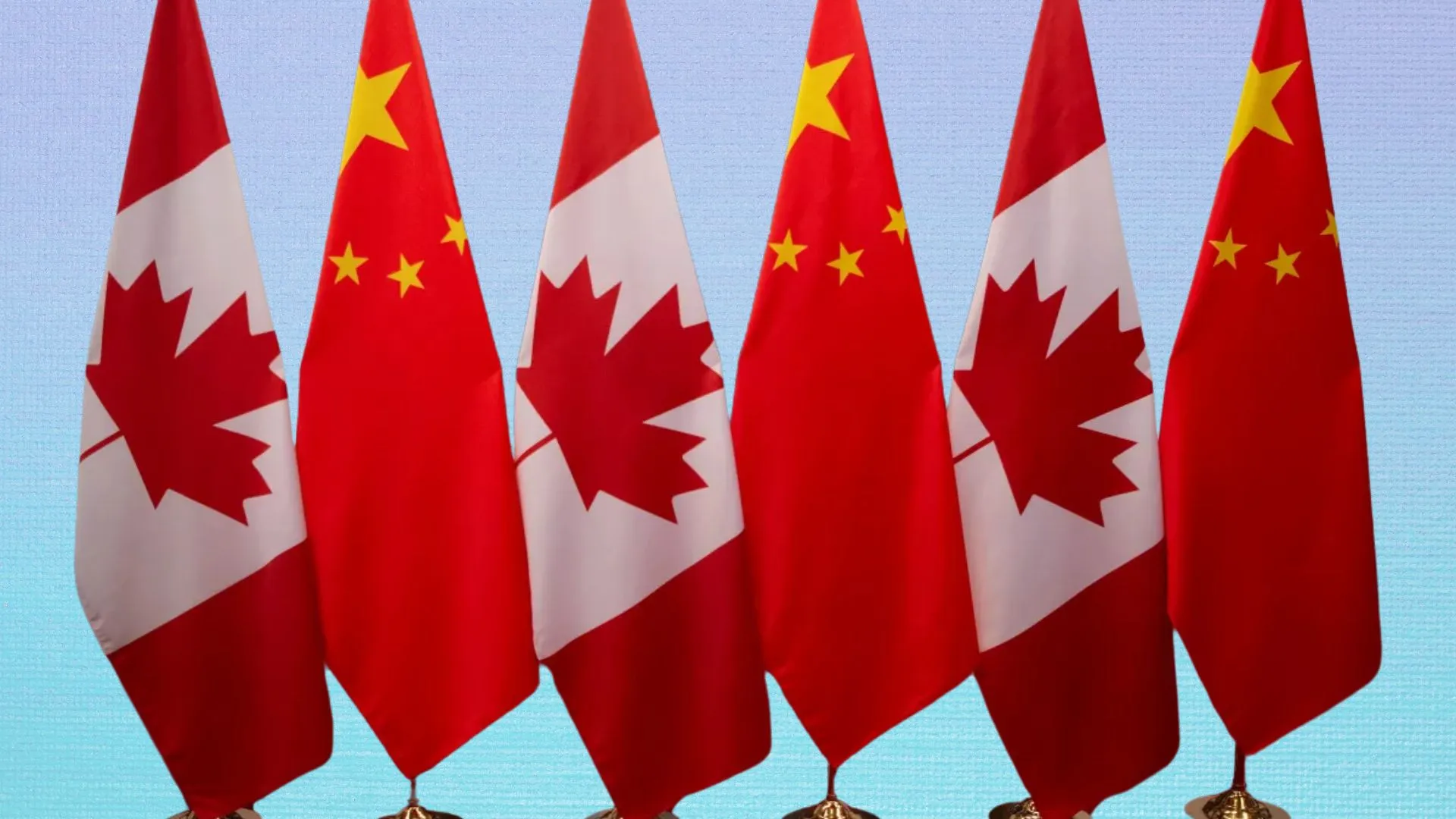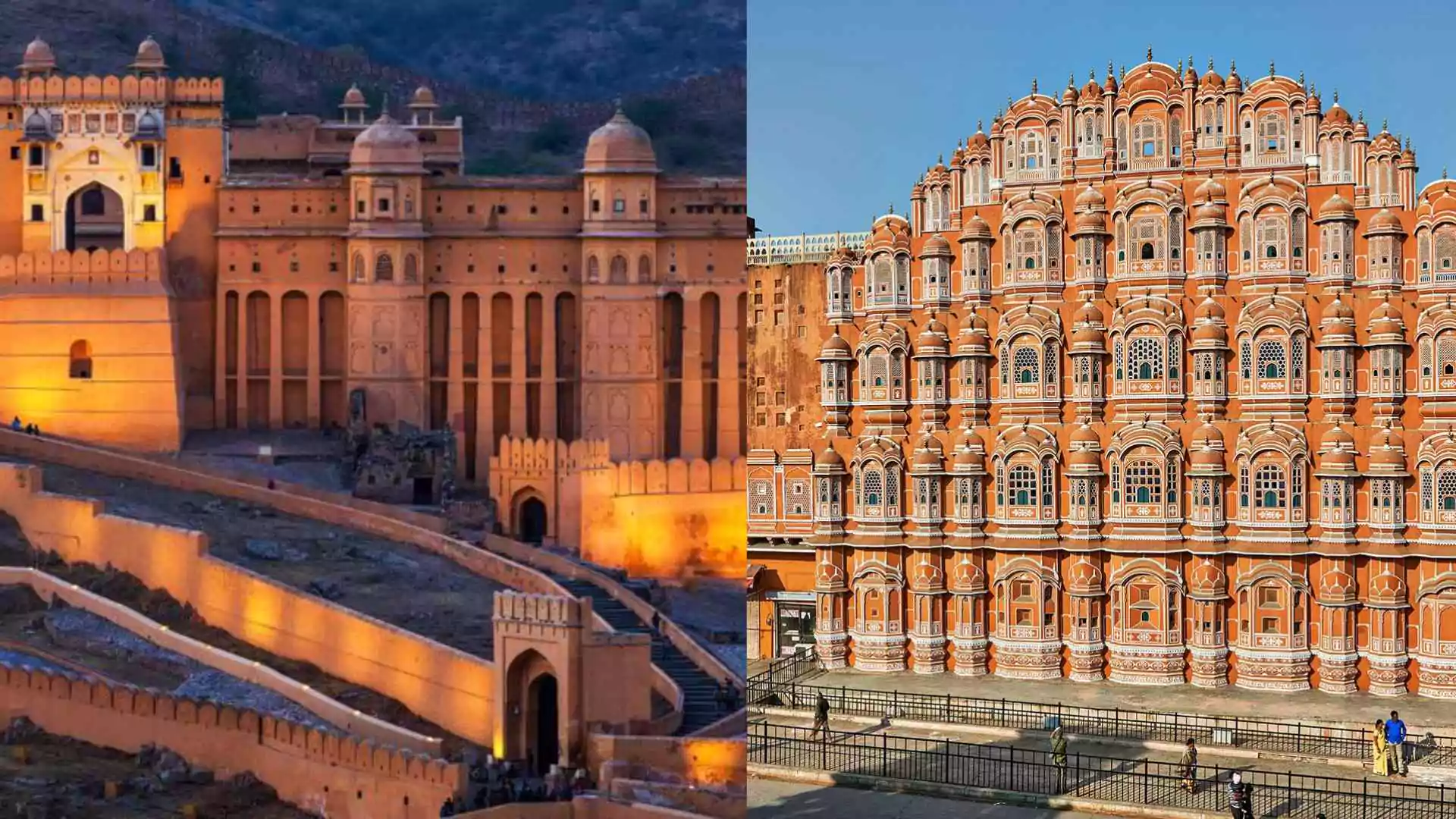Mark Carney, Canada’s ex-central banker turned politician, became the new prime minister in March after winning the Liberal Party leadership. But he didn’t wait long to shake things up—within weeks, he called a snap election, sending politicians scrambling to campaign.
The move didn’t come out of nowhere. After Justin Trudeau stepped down in January (under pressure from his own party), people were already talking about an election. Then, when Donald Trump slapped new tariffs on Canada, cranking up trade tensions, the calls for a vote got even louder. Now, the big day is here.
When’s the Vote?
Monday, April 28—that’s when Canadians pick their next government. Normally, elections happen every four years, and the next one wasn’t due until October 2025. But Carney asked the Governor General to end Parliament early, kicking off a 36-day campaign full of rallies, ads, and attack speeches.
Who’s in the Running to Be PM?
Here’s the thing—Canadians don’t vote directly for their prime minister. Instead, they vote for local MPs, and the party with the most seats gets to pick the PM. The big names this time:
-
Mark Carney (Liberals) – The new guy in charge, trying to prove he deserves the job.
-
Pierre Poilievre (Conservatives) – The main opponent, promising to fix the economy.
-
Jagmeet Singh (NDP) – The progressive choice, pushing for workers and healthcare.
The Major Parties Battling It Out
Four big parties are fighting for seats:
-
Liberals – Been in power since 2015 (Trudeau’s old party), had 153 seats before the election.
-
Conservatives – The opposition, with 120 seats, hoping to take over.
-
Bloc Québécois – Only runs in Quebec, had 33 seats—big voice for the province.
-
NDP – The left-wing option, held 24 seats, pushing for affordable housing and better wages.
-
Greens – Small but loud, with 2 seats, all about climate action.
What Are the Polls Saying?
A few months ago, it looked like the Conservatives were cruising to victory. But things changed fast:
-
January 20 (Trump’s Inauguration Day): Conservatives at 44.8%, Liberals at 21.9%—ouch.
-
After Trump’s tariffs hit? Liberals started climbing.
-
Now? Liberals 42.5%, Conservatives 38.9%—first time they’ve led in three years!
Big issues? Fighting Trump’s trade moves, crazy housing prices, and the cost of living.
How Does Voting Work?
Canada’s system is simple:
-
343 ridings (districts) across the country.
-
Whoever gets the most votes in each riding wins—no need for a majority.
-
The party with the most seats forms government. If no one gets a majority? Then it’s a hung parliament, and the biggest party has to cut deals to pass laws.
Who Can Vote?
You just need to be:
- A Canadian citizen
- 18 or older
- Have ID with your address
A record 7.3 million people voted early over Easter weekend—so turnout could be huge.























